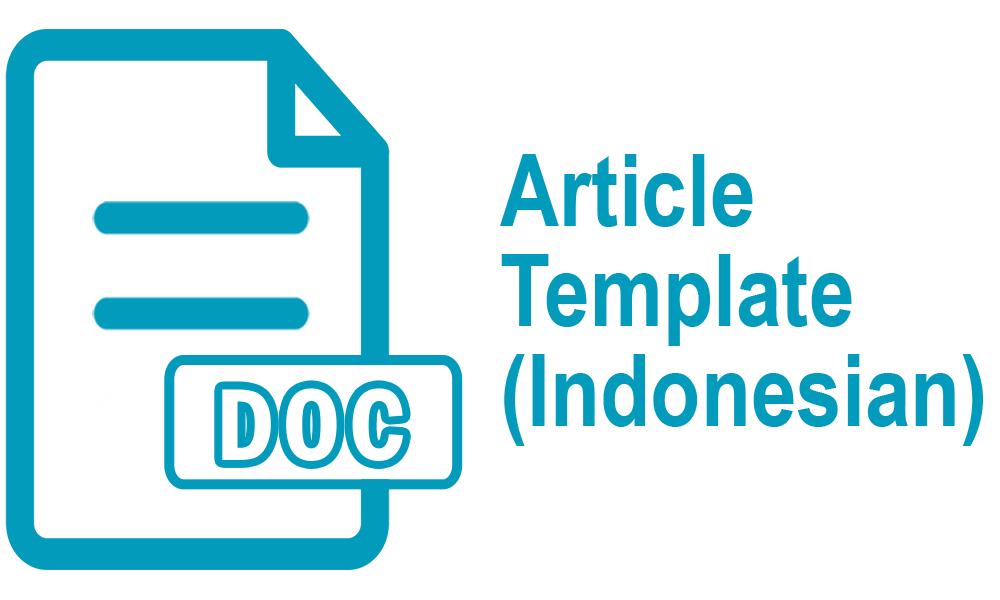Exploring Hyperbolic Expressions in LANY's Album A Beautiful Blur
Abstract
This research analyzes the forms and meanings of hyperbolic expressions found in the lyrics of the album A Beautiful Blur by LANY. It employs a descriptive qualitative method with Claridge’s (2011) theory of hyperbole as the main theoretical framework, which categorizes hyperbole into seven forms such as single word hyperbole, phrasal hyperbole, clausal hyperbole, numerical hyperbole, the role of superlative, comparison, and repetition. The data were sourced from 13 songs on the album and collected through lyrical analysis. The study found data of hyperbolic expressions, divided into six forms, phrasal hyperboles, clausal hyperboles, single-word hyperboles, numerical hyperboles, comparison hyperboles, and the role of superlative. The findings of this research show that hyperbole in the lyrics of A Beautiful Blur serves as an effective expressive tool for conveying deep emotions. Moreover, the use of hyperbole in this album does not merely beautify the lyrics linguistically but plays a crucial role in reinforcing the emotional meanings conveyed, such as heartbreak, longing, uncertainty in love, and self-acceptance. The songwriter prefers a poetic approach to expressing emotions by using more than one word to create exaggerated effects that are not realistic but possess strong expressive power.
Key Word: Expression, Figurative Language, Hyperbole, Lyric
Full Text:
PDFReferences
Annisa, H. I., & Elfiondri. (2021a). An Analysis Of Hyperbolic Expressions In The Movie Anne With An e. Abstract of Undergraduate Research, Faculty of Humanities, Bung Hatta University, 2(2), 3–5. https://ejurnal.bunghatta.ac.id/index.php/JFIB/article/view/19330
Bradford, R. (1997). Stylistics. Routledge.
Claridge, C. (2010). Hyperbole in English. https://doi.org/10.1017/cbo9780511779480
Cokki, N., Nathania, N. S., & Maupa, N. H. (2023). Product placement on Indonesian rap song. Jurnal Manajemen, 27(1), 62–85. https://doi.org/10.24912/jm.v27i1.1097
Creswell, J. W., & Creswell, J. D. (2022). Research design: Qualitative, Quantitative, and Mixed Methods Approaches. SAGE Publications.
Cuddon, J. A. (2013). A Dictionary of Literary Terms and Literary Theory. https://doi.org/10.1002/9781118325988
Davies, S. (2018). Artistic expression. In Routledge eBooks. https://doi.org/10.4324/9780415249126-m020-1
Dewi, L. A. (2020). Figurative language in Maher Zain’s song lyrics. http://etheses.iainponorogo.ac.id/10310/
Dewi, N. L. P. S., & Pratiwi, N. D. P. E. (2023a). Analysis of hyperbole in the novel “Remember Me” by Sophie Kinsella. Sphota Jurnal Linguistik Dan Sastra, 15(1), 32–42. https://doi.org/10.36733/sphota.v15i1.5079
Fadilla, D. a. N. N., Ariani, S., & Max, J. I. S. D. (2023). A Stylistic Analysis Of Figurative Language In Ariana Grande’s Song Lyrics. Deleted Journal, 7(4), 1301. https://doi.org/10.30872/jbssb.v7i4.8705
Firdaus, E. A. (2013). Textual meaning in song lyrics. Passage, 1(1), 99–106. http://repository.upi.edu/5164/1/S_ING_0706032_Title.pdf
Frith, S. (2017). Music and identity. In Routledge eBooks (pp. 293–312). https://doi.org/10.4324/9781315087467-18
Glucksberg, S., & McGlone, M. S. (2001). Understanding figurative language: From Metaphor to Idioms. Oxford University Press.
Haryadi, R., & Yusmalinda, Y. (2022). An Analysis Of Hyperbole Used In Heart Of Darkness By Joseph Conrad. Lingua Litera Journal of English Linguistics and Literature, 7(2), 12–22. https://doi.org/10.55345/stba1.v7i2.165
Johnson, G., & Arp, T. R. (2016). Perrine’s Literature: Structure, sound, and sense. Cengage Learning.
Juslin, P. N., & Västfjäll, D. (2008). Emotional responses to music: The need to consider underlying mechanisms. Behavioral and Brain Sciences, 31(5), 559–575. https://doi.org/10.1017/s0140525x08005293
Kestemont, M., Moens, S., & Deploige, J. (2013). Collaborative authorship in the twelfth century: A stylometric study of Hildegard of Bingen and Guibert of Gembloux. Digital Scholarship in the Humanities, 30(2), 199–224. https://doi.org/10.1093/llc/fqt063
Leech, G. N., & Short, M. H. (2007). Style in Fiction: A Linguistic Introduction to English Fictional Prose (2nd ed.). Pearson Education.
McArthur, T. (1992). The Oxford Companion to English Language Edited by Tom McArthur Managing EditorFeri McArthur.
Milana, H., & Ardi, H. (2021a). An analysis of Figurative Language in the song Lyrics by Saif Adam. English Language and Literature, 9(2), 325. https://doi.org/10.24036/ell.v9i3.111364
Miles, M. B., Huberman, A. M., & Saldana, J. (2014). Qualitative data analysis.
SAGE.
Mustansir, A., Farid, A., & Hussain, M. S. (2024). Use of figurative language in brand taglines: A Stylistic analysis. Journal of English Language Literature and Education, 6(2), 12–25. https://doi.org/10.54692/jelle.2024.0602224
Simpson, P. (2004). Stylistics: a resource book for students. http://ci.nii.ac.jp/ncid/BA67604031
Tracy, S. J. (2019). Qualitative research methods: Collecting Evidence, Crafting Analysis, Communicating Impact. John Wiley & Sons.
Trask, R. (2003). Language: the Basics. In Routledge eBooks. https://doi.org/10.4324/9780203165287
DOI: http://dx.doi.org/10.30872/jbssb.v9i4.21585
Refbacks
- There are currently no refbacks.
Copyright (c) 2025 Ully Indah Maulani, Wilma Prafitri
Editorial address:
Fakultas Ilmu Budaya, Universitas Mulawarman
Jl. Ki Hajar Dewantara, Gunung Kelua, Kec. Samarinda Ulu, Kota Samarinda, Kalimantan Timur, Indonesia 75123
Email: jurnalilmubudaya.fibunmul@gmail.com
Website: http://e-journals.unmul.ac.id/index.php/JBSSB
Ilmu Budaya: Jurnal Bahasa, Sastra, Seni, dan Budaya is licensed under a Creative Commons Attribution-ShareAlike 4.0 International License






